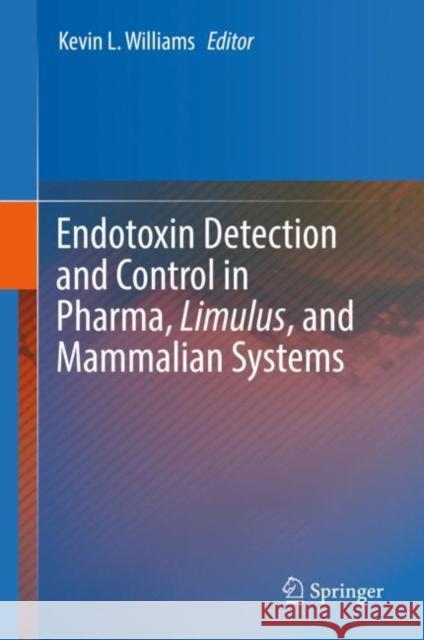Endotoxin Detection and Control in Pharma, Limulus, and Mammalian Systems » książka
topmenu
Endotoxin Detection and Control in Pharma, Limulus, and Mammalian Systems
ISBN-13: 9783030171476 / Angielski / Twarda / 2019 / 968 str.
Endotoxin Detection and Control in Pharma, Limulus, and Mammalian Systems
ISBN-13: 9783030171476 / Angielski / Twarda / 2019 / 968 str.
cena 848,19 zł
(netto: 807,80 VAT: 5%)
Najniższa cena z 30 dni: 842,30 zł
(netto: 807,80 VAT: 5%)
Najniższa cena z 30 dni: 842,30 zł
Termin realizacji zamówienia:
ok. 20 dni roboczych.
ok. 20 dni roboczych.
Darmowa dostawa!
Kategorie:
Kategorie BISAC:
Wydawca:
Springer
Język:
Angielski
ISBN-13:
9783030171476
Rok wydania:
2019
Wydanie:
2019
Ilość stron:
968
Oprawa:
Twarda
Wolumenów:
01
Dodatkowe informacje:
Wydanie ilustrowane











